Gdansk in Poland has been the flash-point for so many tumultuous events but its light still shines bright!
Whether you’ve learned of ‘Danzig’ or the Hanseatic League, its obliteration in the 2nd WW, fishing for amber in the Baltic, or ‘Solidarity’ whilst at school, Gdansk has inevitably, however unwittingly, featured in your consciousness at some time in your life. Isn’t it time to visit?
Gdinya, Gdansk and Sopot are triplets; the former a port, Gdansk the lively riverfront city with its old town steeped in history and the latter a modern day pier and beachfront resort,.
With a legacy of a thousand years, it’s possible to spend time in Gdansk and simply enjoy the Gothic cathedrals and attractive architecture of Long Market; where the splendidly restored mix of Renaissance, Gothic and Baroque styles of its gabled houses chart the city’s rich history; from the days when it was one of the most prosperous members of the Hanseatic League.

Although Long Market (Dluga Street) is the most ostentatious – having been inhabited by the most prominent and wealthy citizens of the Royal City of Gdańsk – it’s worth exploring around the adjacent areas and alleyways as many more intriguing buildings and sights can be found.
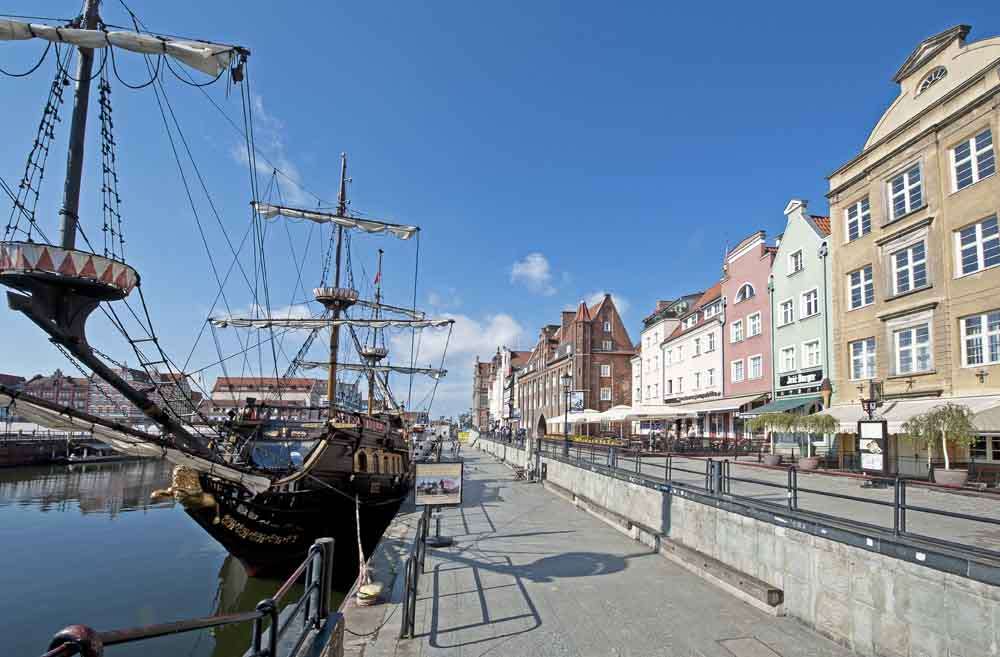
One of the most popular is the Motlawa River waterfront area from Green Gate (the entrance to Long Market and former royal residence) to the old and fascinating Gdansk Treadwheel Crane; a 14th century human-powered device for lifting and lowering cargo from ships alongside the wharf. The area is a hive of activity with restaurants and bars lining the bustling waterfront that is plied by tour boats of all sizes.
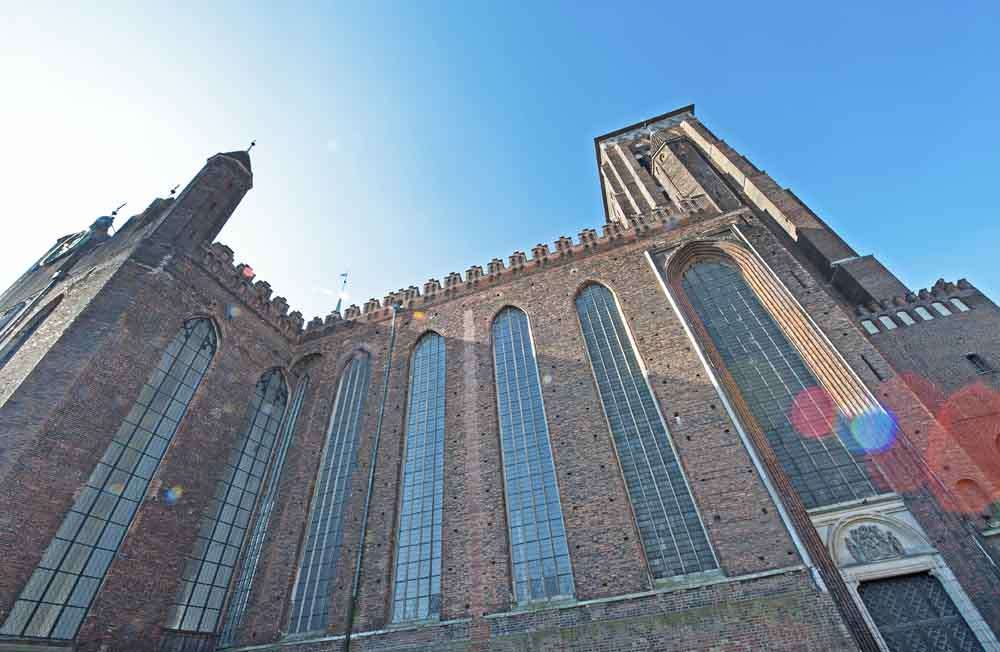
Delve deeper into the old town and you’re bound to find yourself at the Basilica of the Blessed Virgin Mary, which is the third largest brick-built church in the world capable of housing 25,000 worshippers. It’s a central landmark of the city and gives you a good datum point to use when walking around. Whilst the restoration of this church after its turbulent history is remarkable and the vaulting both artistic and impressive, it doesn’t rank highly aesthetically, in our opinion – but nevertheless it does afford a panoramic view of all Gdansk – if you can brave the four hundred plus steps to the top of the belfry. Be prepared, however, for a restricted view especially if you’re vertically challenged, as the gables of the roof create parapets over which it’s difficult to see.

Known as the city of glowing amber (from its proximity to and trade with Baltic Amber deposits along its coast) Gdansk was practically flattened by Germany in WW2 (the city where the war started) and pillaged by Soviet Russia when they ‘repatriated’ it. It’s amazing therefore that the result of such destruction has been virtually erased by gargantuan efforts to revitalise the city and re-create the charm of its historic past.
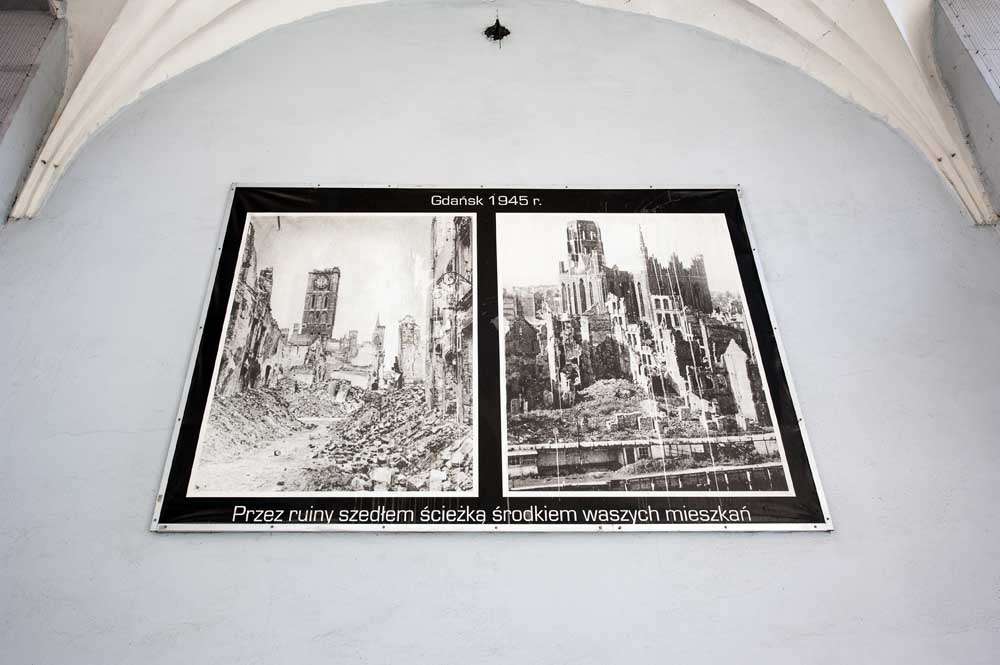
The wide leafy boulevard into Gdansk from Gdinya chronicles this passage of time having been christened Adolf Hitler Strasse, Stalin Way and Victory Avenue in succession, although a lone Russian T34 tank still stands sentinel over trams and cyclists to this day.
More recent history however has also left its mark around the world, as the catalyst for change after the killing of Polish shipyard workers in 1970, which lead ten years later to the creation of the Solidarity movement.
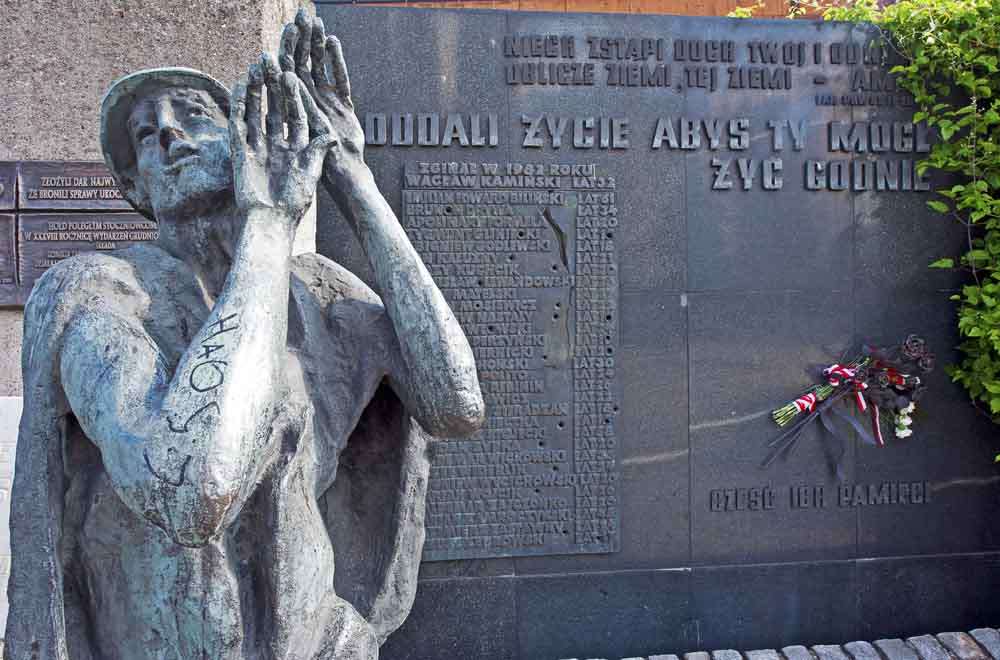
This Polish trade union was founded on 17 September 1980 at the Lenin Shipyard under the leadership of Lech Wałęsa and became the first trade union in a Warsaw Pact country not controlled by a communist party. Membership reached a phenomenal 10 million by September 1981, representing one third of the working-age population of Poland.
The government attempted to destroy the union by imposing martial law in Poland from December 1981 to July 1983, followed by several years of political repression, but ultimately was forced to negotiate with Solidarity. Repercussions from this movement echoed throughout the Eastern Bloc countries and can be attributed as the catalyst for the eventual fall of the Soviet Union.
Our taxi driver was eager to show us his ricochet wounds from his own participation at Lenin Gate in ‘Solidarity Square’ but bemoaned the ‘selling out’ of Wałęsa to Russia and the effect that capitalism has had on Poland’s shipyards that now employ only one tenth of their former workforce; attested to by the gaunt skeletal skyline of dormant and rusting cranes.
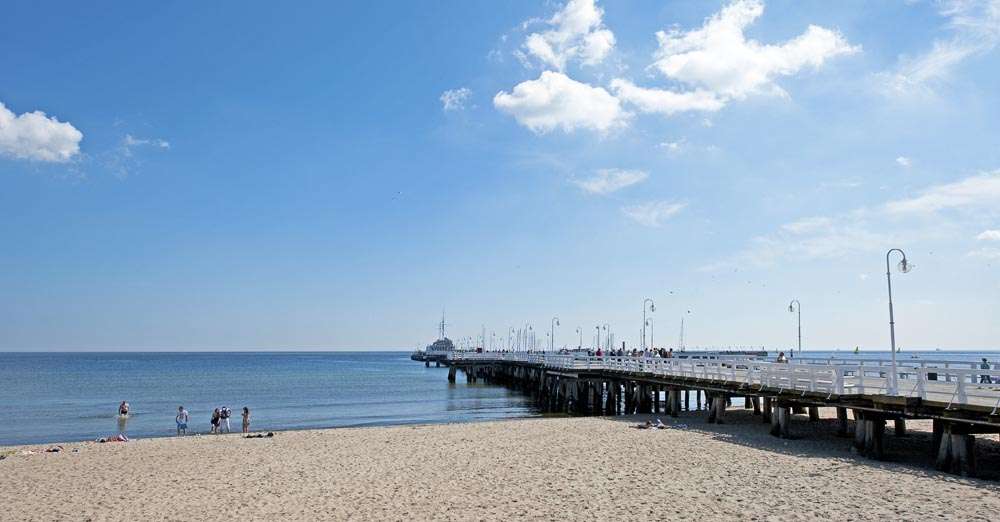
He tried to lighten the mood by taking us along the coast to Sopot, with its sandy beaches and long wooden pier, as well as the Oliwa Cathedral with its enormous organ-pipe array but our main interest still lay within the ancient city of Gdansk.
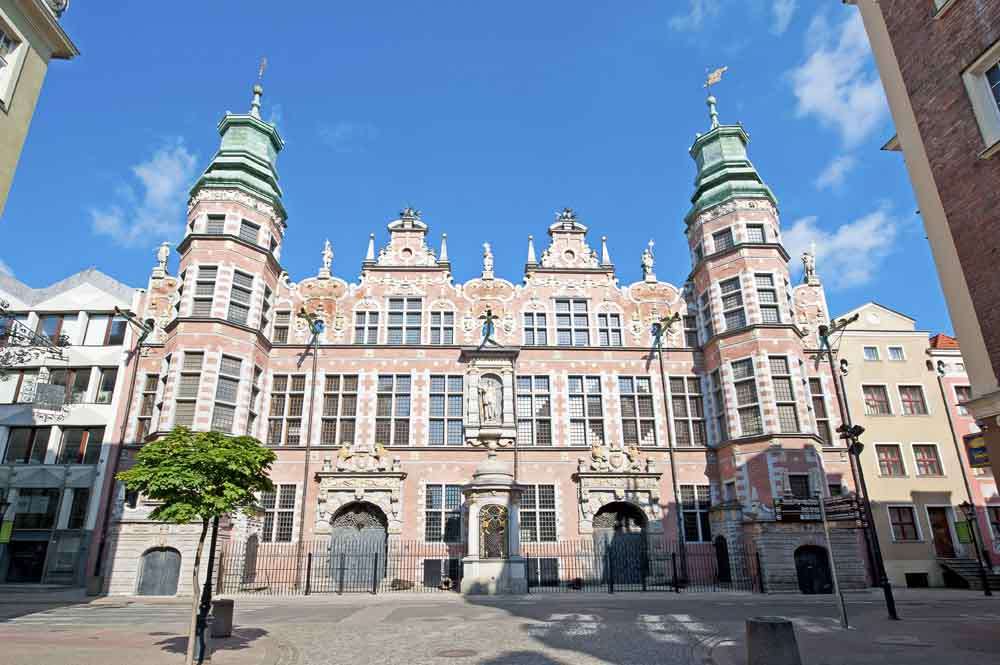
When you’ve had your fill of history take a stroll back into town and wander down Mariacka Street with its distinctive architecture of attractive towering tenements, where amber is a theme that runs through it like a seam, whether from the colourful house fronts, the little shops selling amber jewellery and trinkets or the ale and wine that flows in the little cafes. Mariacka can be lively but it’s generally more tranquil than the popular Long market – so if you wish to really feel the spirit of Gdansk, simply spend some time here.
![]()
What at first may seem like a forgotten part of the Eastern Bloc is actually one of Poland’s most beautiful cities and certainly left us with a glow.
If you’d like to learn more see:
Gdansk website – http://www.gdansk.pl/en/
Gdansk Local Life Guide http://www.local-life.com/gdansk
Etramping Adventure Travel Blog https://etramping.com/things-to-do-in-gdansk-poland/













































